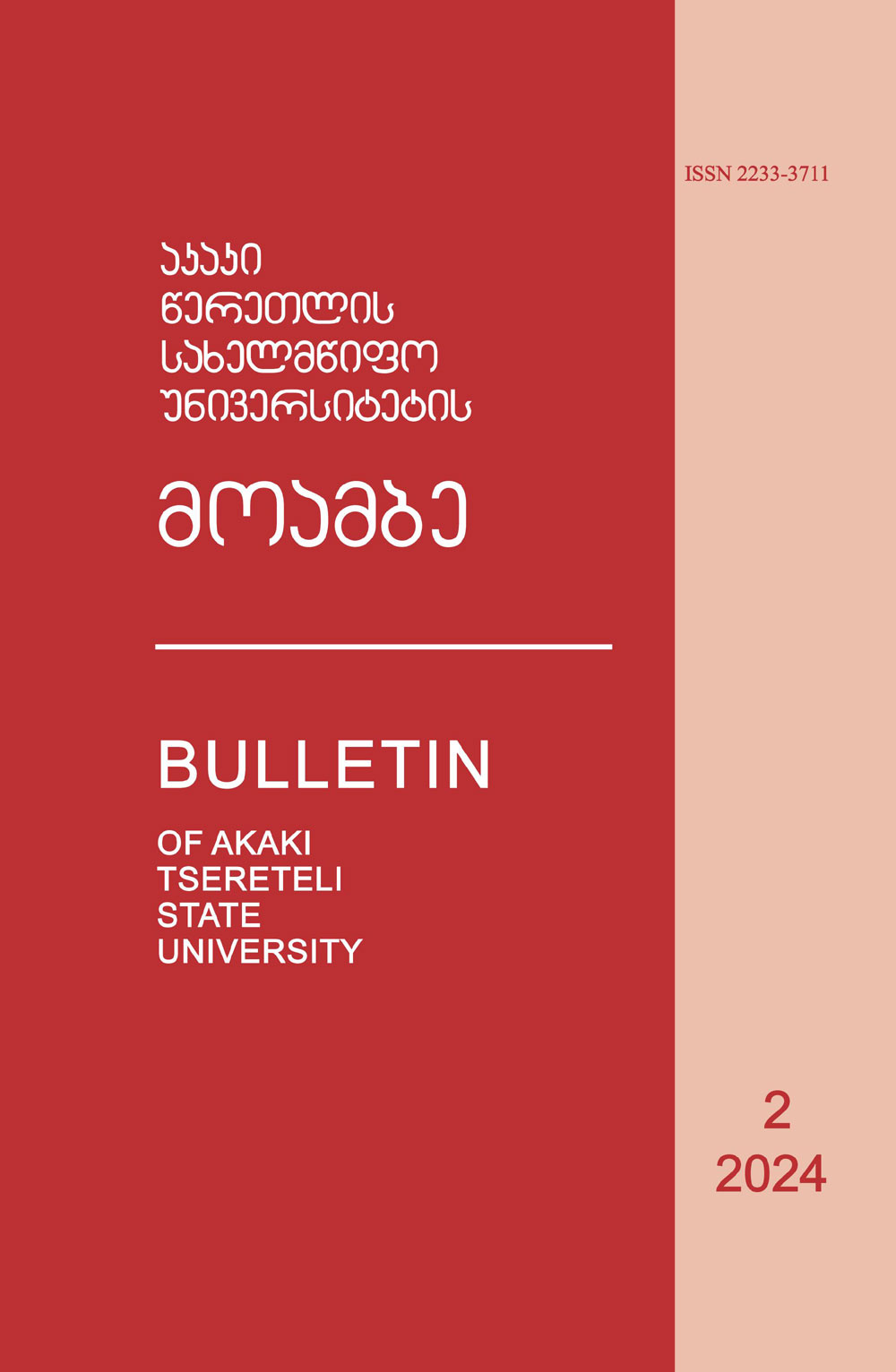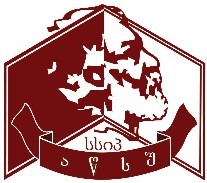The impact of technology on anatomy learning outcomes
DOI:
https://doi.org/10.52340/atsu.2024.2.24.18Keywords:
medical education, visualization tools, Anatomage, 3D Organon VR AnatomyAbstract
In response to the priorities of modern medical education, in the process of implementing educational programs, it has become a challenge to provide cognitive activities among students, teamwork and to create an environment based on support. However, the era of artificial intelligence implementation makes us think about ways to ensure readiness for future challenges, including the active use of technology in teaching to make learning material visible, improve perception and visualize the essence of the issue/problem. Implementation of modern teaching methods and strategies is especially relevant in the teaching of fundamental training courses. The purpose of the mentioned research was to determine the impact of the use of modern methods of technology in the teaching of anatomy on the teaching process and learning outcomes. In order to achieve the goal of the research, the results of learning anatomy within the framework of learning modules - "organism systems" were analyzed. The study was conducted using a semi-experimental intervention method. A total of 816 students were evaluated, both the accumulated knowledge and the ability to apply knowledge in practice, the latter was enabled by the modern method of evaluation - an objectively structured practical exam OSPE (Objective Structured Practical exam).
References
მედიცინის უმაღლესი განათლების დარგობრივი მახასიათებელი, დამტკიცებული განათლების ხარისხის განვითარების ეროვნული ცენტრის დირექტორის 2022 წლის 16 ნოემბრის №1465694 ბრძანებით.
Böckers, A. Jerg-Bretzke, L. Lamp, C. 2010. „The gross anatomy course: An analysis of its importance.“ Anat. Sci. Educ. 3, 2010: 3-11.
Estai, M. Bunt, S. 2016. „Best teaching practices in anatomy education: A critical review.“ Ann Anat. 208, 2016:151–157.
McLachlan, JC. Patten, D. 2006. „Anatomy teaching: ghosts of the past, present, and future.“ Med Educ. 40, 2006: 243-253.
Paech, D. Giesel, FL. Unterhinninghofen R. Schlemmer, HP. Kuner, T. Doll, S. 2017. „Cadaver-specific CT scans visualized at the dissection table combined with virtual dissection tables improve learning performance in general gross anatomy.“ Eur Radiol. 27(5), 2017: 2153-2160.
Sugand, K. Abrahams, P. Khurana, A. 2010. „The anatomy of anatomy: a review for its modernization.“ Anat. Sci. Educ. 3, 2010: 83–93.
Smith, KE. Ruhoo, HO. Gopalan, C. 2009. „Utilization of Anatomage Table Technology Enhances Knowledge, Comprehension, and Application of Human Anatomy and Physiology in Multiple setting.“ The FASEB Journal. The abstract is from the Experimental Biology 2019 Meeting Abstract #589.19.
Turney, BW. 2007. „Anatomy in a Modern Medical Curriculum.“ Ann R Coll Surg Engl. 89(2), 2007: 104-107.
Winkelmann, A. 2016. „Consent and consensus—ethical perspectives on obtaining bodies for anatomical dissection.“ Clin Anat. 29, 2016: 70-77.
Winkelman, A. 2007. Anatomical dissection as a teaching method in medical school: a review of the evidence. Medical Education. Wiley Online Library, Germany.





